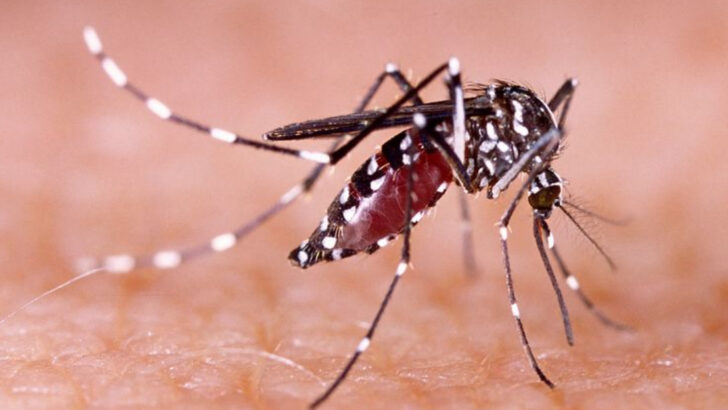One bite. That’s all it takes. While most bugs are just buzzing background noise, some come with a serious threat—venom, disease, and the kind of pain that sends people straight to the ER. And a few are so dangerous, states have straight-up banned them. We’re not talking about creepy-crawly rumors or campfire legends. These insects are real. They exist. And yes, they’ve earned every bit of their terrifying reputation. From stingers that melt flesh to hitchhikers that spread chaos through crops and bloodstreams, these bugs are anything but ordinary. Some look harmless. Others wear their menace like a warning sign. Think you’re safe because you’re in the U.S.? Think again. Some of these insects are already here—lurking in the shadows or waiting in cargo holds. Let’s get into the 12 deadly insects that caused such a stir, they’ve been kicked out of entire states.
Africanized Honey Bee
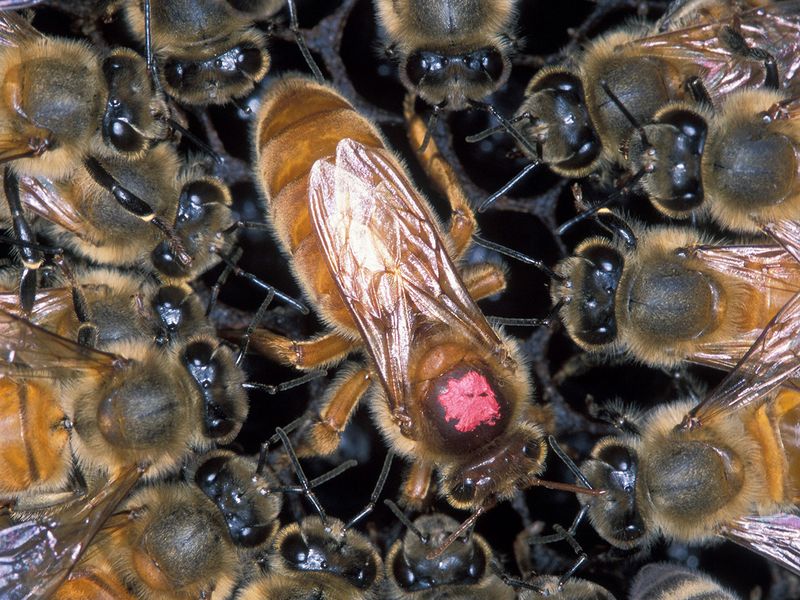
Known colloquially as “killer bees,” Africanized honey bees are infamous for their aggressive nature. Unlike their more docile relatives, these bees attack in large swarms when threatened. An unfortunate encounter can lead to hundreds of stings, resulting in severe allergic reactions or even death.
Their introduction to the U.S. in the 1990s led to widespread panic, as these bees rapidly spread across southern states. The fearsome reputation is not without merit; these bees have been responsible for several fatalities. Due to their hazardous nature, many states have implemented bans on keeping or transporting them.
Asian Giant Hornet
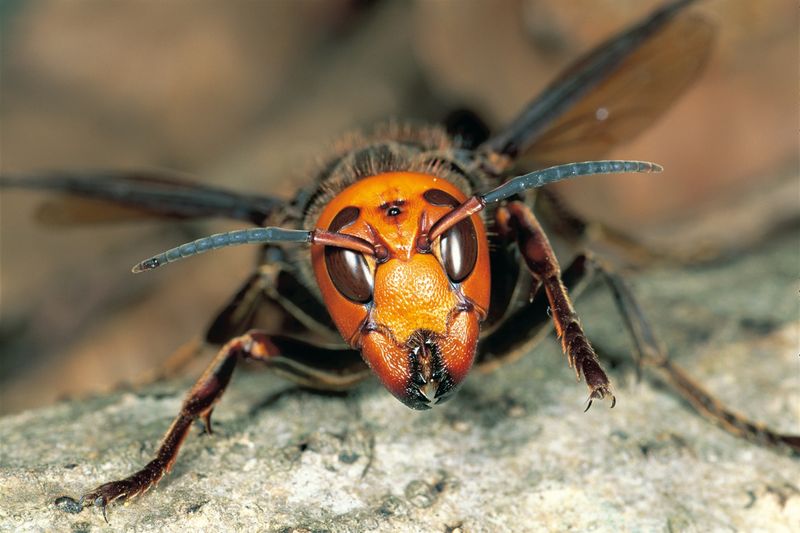
Dubbed the “murder hornet,” the Asian Giant Hornet is a fearsome predator. Capable of decimating entire bee colonies, this insect poses a significant threat to agriculture. Its venomous sting can cause severe pain, and in rare cases, even death.
Native to Asia, these hornets made headlines when spotted in the Pacific Northwest. Their presence has led to aggressive eradication efforts to prevent their establishment. With the potential to disrupt ecosystems and harm humans, these hornets are under heavy scrutiny and control in many U.S. regions.
Brown Recluse Spider

Not an insect but often mistaken for one, the brown recluse spider earns its place on this list due to its necrotic bite. Known for its shy nature, it resides in dark, undisturbed areas, waiting to snare prey.
However, when threatened, its bite can lead to serious medical issues, including tissue death and systemic symptoms. Found primarily in the Midwest and Southern U.S., this spider’s reclusive nature does not diminish the fear it inspires. Strict controls are in place to manage its population in affected areas.
Red Imported Fire Ant

Originating from South America, the Red Imported Fire Ant is notorious for its aggressive behavior and painful sting. These ants thrive in warm climates and can quickly overrun areas, building large mounds.
Their stings cause intense burning sensations and can trigger allergic reactions, sometimes fatal. Widespread in the southern U.S., they pose significant threats to both humans and wildlife. Efforts to control their spread have been ongoing, with several states employing various methods to curb their population growth.
Kissing Bug
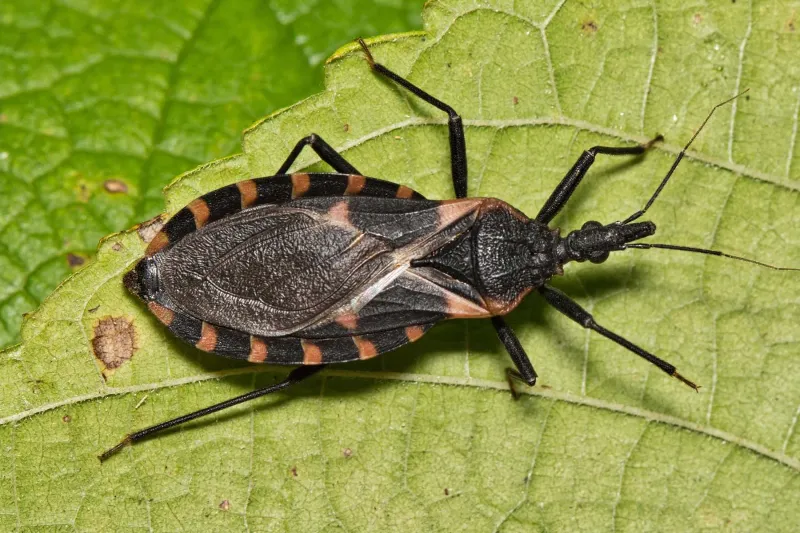
Despite its affectionate name, the Kissing Bug is anything but friendly. Known for spreading Chagas disease, this insect primarily bites around the face, often near the mouth.
The disease it transmits can lead to severe cardiac and gastrointestinal complications if untreated. Found mainly in the southern U.S. and Latin America, the presence of this bug has raised alarm. The potential health risks associated with its bite have led to monitoring and control measures in various states to prevent its spread.
Asian Tiger Mosquito
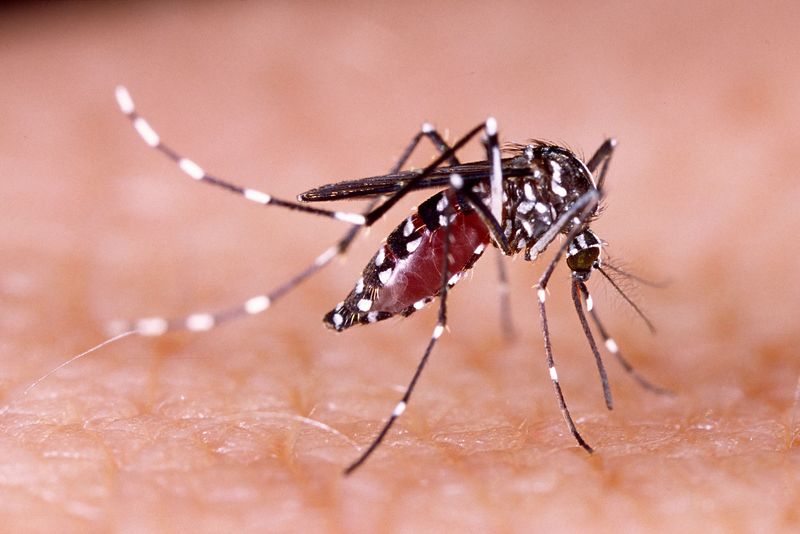
The Asian Tiger Mosquito is a vector for numerous diseases, including dengue fever and Zika virus. Recognizable by its black and white stripes, this mosquito is an aggressive day-time biter.
It was first detected in the U.S. in the mid-1980s and has since spread rapidly across many states. Known for its resilience and adaptability, controlling its population has proven challenging. The health risks associated with this mosquito have prompted several states to implement targeted control measures.
Tsetse Fly
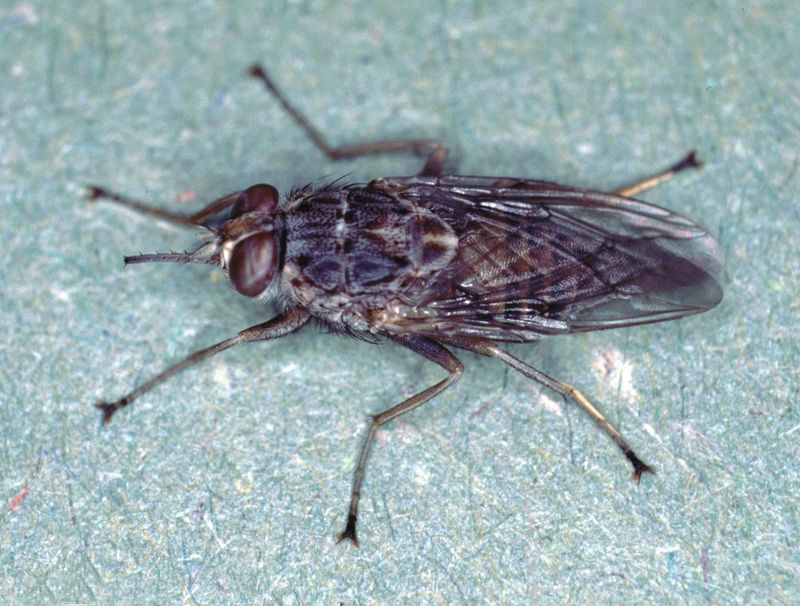
Native to Africa, the Tsetse Fly is notorious for transmitting trypanosomiasis, also known as sleeping sickness. This disease affects both humans and animals, leading to severe neurological conditions if untreated.
Although not native to the U.S., the risk of introduction and its potential impact on agriculture and health has led to stringent import controls. The fly’s unique biology and devastating potential make it a subject of intense study and monitoring.
Locusts

Locusts are infamous for their swarming behavior, capable of destroying vast areas of crops and causing significant agricultural damage. These insects can form massive swarms, devouring nearly everything in their path.
While not typically harmful to humans directly, the economic impact of locust plagues can be devastating. In recent years, monitoring and predictive modeling have become crucial in managing their populations. Several states have enacted measures to prevent locust invasions and protect local agriculture.
Bullet Ant

Famed for its excruciating sting, the Bullet Ant is often cited as having the most painful insect bite. Found mainly in Central and South American rainforests, its sting feels like being shot, hence the name.
While not native to the U.S., its notoriety and the potential threat to human health have resulted in strict import restrictions. The ant’s potent venom and aggressive nature make it a species of concern for biodiversity and public safety.
Mosquitoes (General)
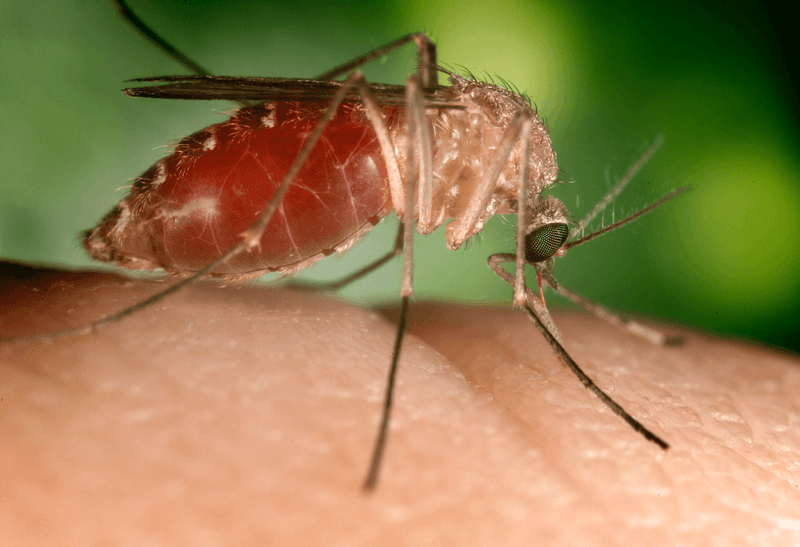
Mosquitoes are the deadliest insects globally, responsible for spreading diseases like malaria, West Nile virus, and Zika. Each year, they cause millions of deaths worldwide, making them a significant public health concern.
In the U.S., various species have been targeted for control due to their potential health impacts. States with warmer climates have implemented comprehensive mosquito management programs to reduce their populations. The challenge remains ongoing as new diseases emerge and climate changes affect mosquito habitats.
Japanese Beetle
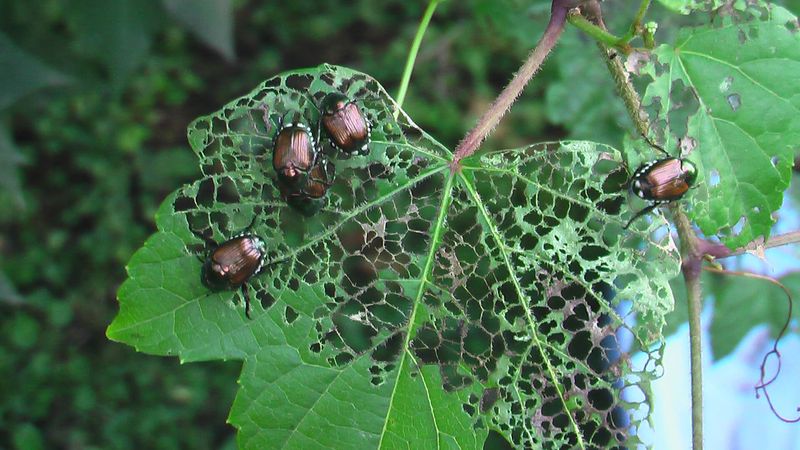
Although beautiful, the Japanese Beetle is a destructive pest, especially for ornamental plants and crops. Originally from Japan, it has spread across many U.S. states, causing extensive damage to gardens and agriculture.
The beetle’s feeding habits can lead to defoliation and weakened plants, impacting yields. Control measures, including traps and insecticides, are common in efforts to curb their population. The beetle’s shiny appearance belies the havoc it can wreak on ecosystems.
Cane Toads
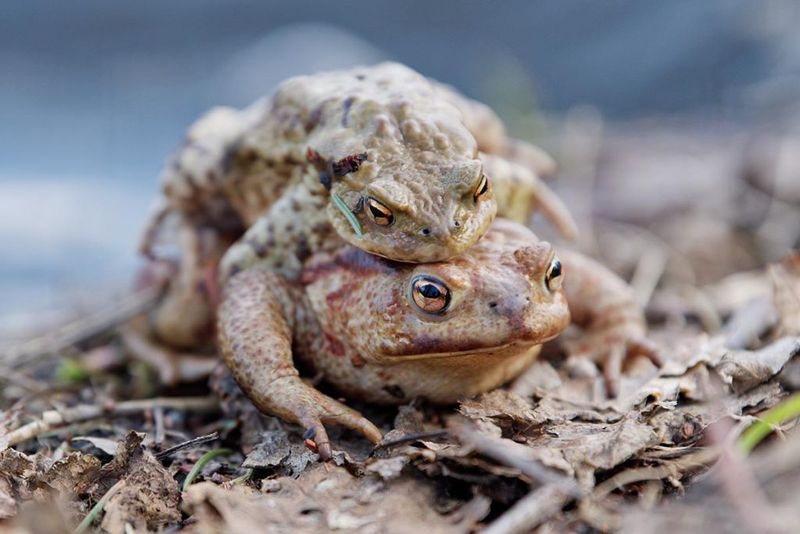
Though technically an amphibian, the Cane Toad is often grouped with pest insects due to its invasive nature. Introduced to control pests in sugarcane fields, they quickly became a problem themselves.
The toxins they secrete can kill predators, and their rapid reproduction rates exacerbate their impact on native species. Several states have classified them as a threat to biodiversity, enacting strict measures to control their spread. Their presence serves as a reminder of the unintended consequences of introducing non-native species.

